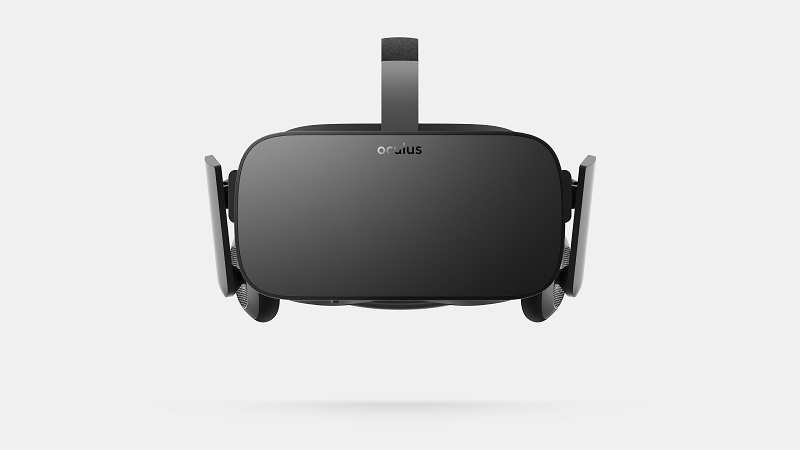The promise of virtual reality sounds amazing, but did you know that for the best experience, you’ll need quite a powerful PC to run the games and applications that show it off?
That’s because your PC will need to power not one, but two screens – one for each eye – so that the VR headset can fool your brain into thinking that what you’re seeing is actually three-dimensional.
Just ask any gamer who’s upgraded their PC so that their favourite games look better and run smoother on a single screen – exactly the same applies to Virtual Reality setups, only you need hardware that’s good enough to run two high-resolution screens.
And because those screens make use of high-resolution panels, and the visuals they display are essentially those of the pretty but graphically-demanding games we play these days, your PC needs a lot of horsepower to make sure things run at a smooth frame rate.
To make sure your PC has the hardware to run those titles at their highest details, we’ve put together this handy guide that’ll tell you what components will work best, and how much you will be expected to pay for each.
Please forgive us if our pricing is off by the time this article ends up in your hands, as our currency is rather at the mercy of a volatile global economy right now. Thanks, Brexit. But at the very least you should have an idea of what getting involved with VR will cost you.
Headset Hardware – Oculus & Vive
First, let’s look at the screens used in the VR headsets. We’ll use the two best-known ones, Facebook’s Oculus Rift and Valve Software’s Vive.
Screen Tech: OLED (produces rich, true-to-life colours)
Resolution: 2 160×1 200
Refresh Rate: 90Hz
If those figures don’t mean much to you, here’s the skinny: Both of the headsets’ two displays run at higher resolutions than a standard widescreen PC monitor, and at a faster refresh rate (the number of times each display is updated per second). To provide enough oomph to power graphics at those levels, and for multiple screens, you need a really good graphics card. Think of it like a car – to hit higher top speeds than your current car can reach, a bigger engine is required.
Minimum Specs
Here’s what Valve and Facebook say are the minimum PC configurations for their VR headsets:
[su_box title=”Minimum Specs” box_color=”#f37021″]
- Graphics (Rift): NVIDIA GTX970/AMD Radeon R9 290
- Graphics (Vive): NVIDIA GTX970/AMD Radeon R9 280
- Processor (Both): Intel Core i5-4590
- RAM (Rift): 8GB or more
- Ram (Vive): 4GB or more
- Ports (Rift): 2 x USB 3.0, HDMI 1.3
- Ports (Vive): 1 x USB 2.0, HDMI 1.3
[/su_box]
If you haven’t upgraded your PC since 2010, you’re going to have to start from scratch by buying a new motherboard and processor and then looking at a new graphics card.
If you already have a qualifying processor, all you need to do is get a new graphics card and maybe a bit more RAM. Fortunately, both of those upgrades are easy to do yourself: all you need is the hardware, and an eye for where things plug in on a motherboard. Both items only slot in one way so it’s next to impossible to get it wrong.
Graphics Cards
Here are the graphics cards we recommend getting for VR. There are others, of course, but these are especially good considering their respective prices and performance.
[su_box title=”Good Graphics Cards for VR” box_color=”#f37021″]
NVIDIA GeForce GTX970 4GB – R5 999
NVIDIA GeForce GTX1070 8GB – R8 699
AMD Radeon R9 290 4GB – R4 999
[/su_box]
And that’s it. With a good processor, enough RAM and one of the graphics cards recommended above, your PC will be more than capable of running any VR game now, and for the next few years.

